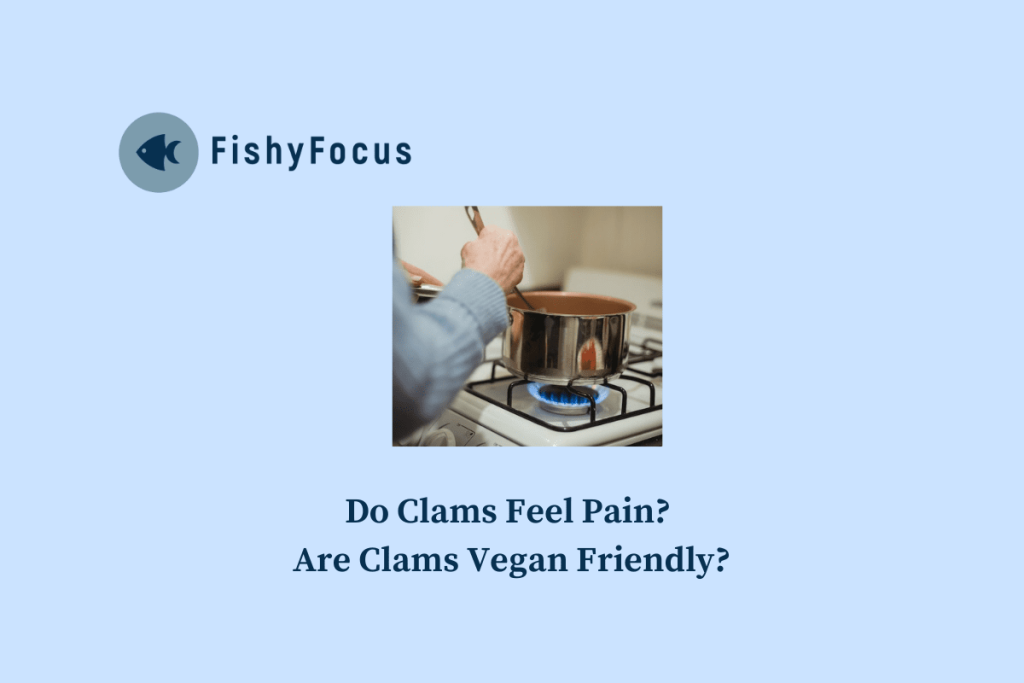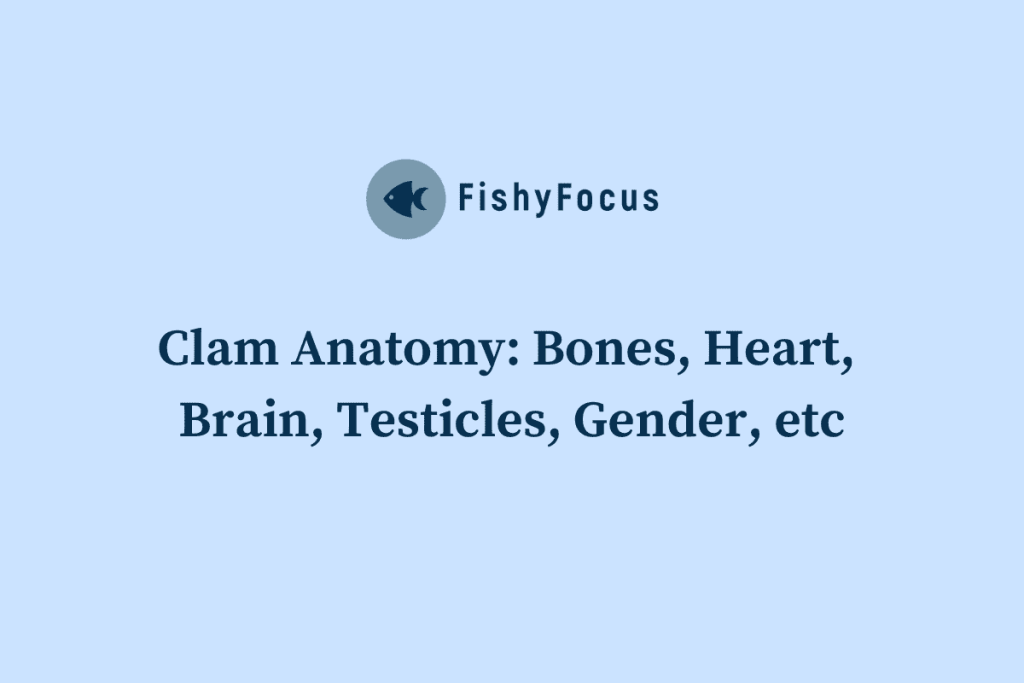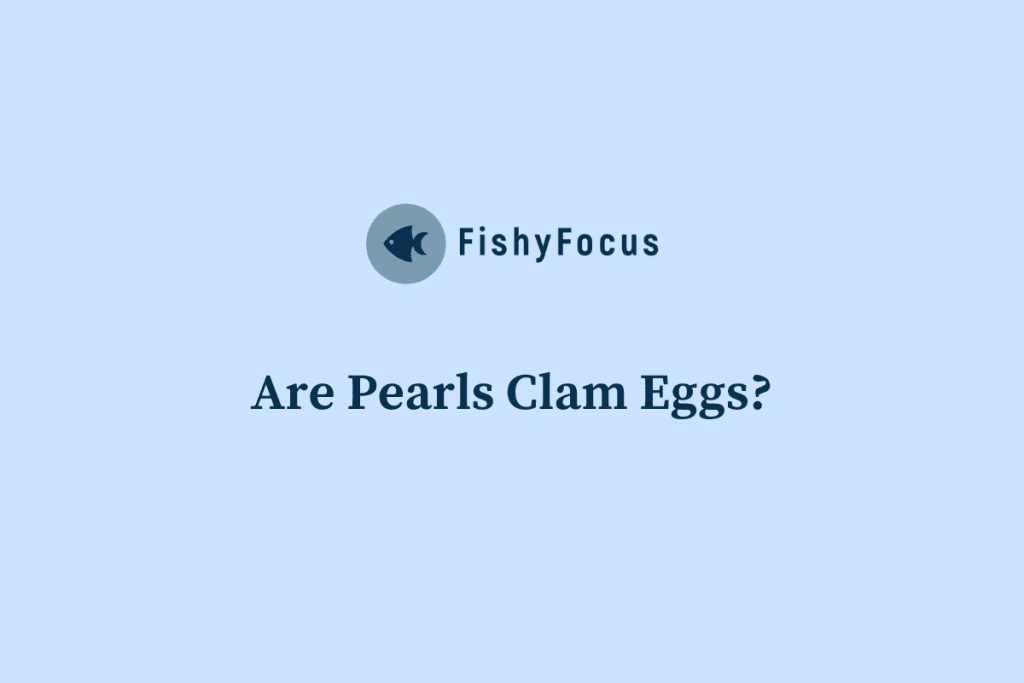Clams are a popular seafood delicacy enjoyed by many people around the world. They are often served in various dishes, such as clam chowder or pasta with clam sauce. However, it is important to be aware that clams can also pose serious health risks if not handled and cooked properly. In this blog post, we will explore the toxins found in clams, the risks associated with consuming raw clams, and the symptoms of clam poisoning.
Key Takeaways
- Eating clams can be dangerous due to the toxins they may contain.
- Raw clams pose a higher risk of poisoning than cooked clams.
- Symptoms of clam poisoning include nausea, vomiting, and diarrhea.
- Proper cooking and handling of clams is crucial to prevent illness.
- Government regulations play a role in ensuring the safety of clams for consumption.
Understanding the toxins found in clams
Clams are filter feeders, meaning they obtain their food by filtering water and extracting nutrients from it. While this feeding mechanism allows them to thrive in their natural environment, it also puts them at risk of accumulating toxins from their surroundings. Clams can accumulate toxins from harmful algae blooms or pollution in the water they inhabit.
These toxins can cause a range of health problems if consumed by humans. Some toxins can cause mild gastrointestinal issues, such as nausea, vomiting, and diarrhea. Others can lead to more severe illnesses, including paralysis, respiratory failure, or even death. The severity of the symptoms depends on the type and amount of toxin ingested.
The risks associated with consuming raw clams
Raw clams are a common source of foodborne illness. They may contain harmful bacteria or viruses that can cause infections in humans. Consuming raw clams increases the risk of bacterial or viral contamination, which can lead to illnesses such as norovirus or hepatitis A.
In addition to bacterial and viral contamination, eating raw clams also increases the risk of toxin exposure. Cooking clams can help to break down some toxins and make them less harmful. However, consuming raw clams means that these toxins remain intact and can cause harm when ingested.
Symptoms of clam poisoning and how to identify them
Clam poisoning can cause a range of symptoms, which can vary depending on the type and amount of toxin ingested. Common symptoms include nausea, vomiting, diarrhea, and abdominal pain. These symptoms are similar to those of food poisoning and can occur within a few hours to a few days after consuming contaminated clams.
In severe cases, clam poisoning can lead to more serious symptoms, such as paralysis, respiratory failure, or even death. It is important to seek medical attention if you experience any of these symptoms after eating clams, especially if they persist or worsen over time.
The importance of proper cooking and handling of clams
To reduce the risk of clam-related illnesses, it is crucial to cook clams thoroughly before consuming them. Cooking clams at high temperatures can help to kill harmful bacteria and viruses that may be present. It is recommended to cook clams until their shells open, as this indicates that they are cooked through.
In addition to proper cooking, it is also important to handle clams properly. Clams should be kept refrigerated until they are ready to be cooked. Before cooking, they should be washed thoroughly under running water to remove any dirt or sand. It is also important to discard any clams with cracked or open shells, as they may be spoiled or contaminated.
The role of government regulations in preventing clam-related illnesses
To ensure the safety of seafood, including clams, the government sets standards for seafood safety and monitors the levels of toxins in shellfish. These regulations aim to protect consumers from the risks associated with consuming contaminated seafood.
It is important for consumers to follow these regulations and only purchase clams from reputable sources. Reputable sources are more likely to adhere to proper handling and storage procedures, reducing the risk of contamination. By purchasing clams from trusted suppliers and restaurants, consumers can have more confidence in the safety of the seafood they consume.
Common misconceptions about clam safety
There are some common misconceptions about clam safety that should be addressed. Some people believe that washing clams in saltwater or soaking them in vinegar can remove toxins. However, this is not true. Toxins found in clams cannot be removed by simply washing or soaking them in any liquid.
It is important to follow proper cooking and handling procedures to ensure the safety of clams. This includes cooking clams thoroughly, keeping them refrigerated, and washing them thoroughly before cooking. By following these procedures, consumers can reduce the risk of clam-related illnesses.
Pre-existing health conditions that increase the risk of clam poisoning
Certain pre-existing health conditions can increase the risk of clam poisoning. People with weakened immune systems, such as those with HIV/AIDS or undergoing chemotherapy, may be more susceptible to the effects of clam toxins. Similarly, individuals with liver disease may have a reduced ability to metabolize and eliminate toxins from their bodies.
If you have any pre-existing health conditions, it is important to consult with a doctor before consuming clams or any other seafood. Your doctor can provide guidance on whether it is safe for you to consume clams and what precautions you should take to reduce the risk of illness.
How to prevent clam poisoning and stay safe while enjoying seafood
To prevent clam poisoning and stay safe while enjoying seafood, there are several steps you can take. First and foremost, only purchase clams from reputable sources. Reputable suppliers and restaurants are more likely to follow proper handling and storage procedures, reducing the risk of contamination.
Secondly, it is important to follow proper cooking and handling procedures when preparing clams. Cook clams thoroughly until their shells open, indicating that they are cooked through. Keep clams refrigerated until they are ready to be cooked and wash them thoroughly under running water before cooking.
Lastly, if you experience any symptoms of clam poisoning after consuming clams, seek medical attention immediately. Prompt medical treatment can help to alleviate symptoms and prevent complications.
Conclusion and final thoughts on the risks of eating clams
While clams can be a delicious seafood option, it is important to be aware of the potential risks associated with consuming them. Clams can accumulate toxins from their environment, which can cause a range of health problems if ingested by humans. Consuming raw clams increases the risk of bacterial or viral contamination, as well as toxin exposure.
By following proper cooking and handling procedures, purchasing clams from reputable sources, and seeking medical attention if symptoms of clam poisoning occur, consumers can enjoy clams safely and without worry. It is important to prioritize food safety and take necessary precautions to protect oneself from the potential dangers of eating clams.
FAQs
What are clams?
Clams are a type of shellfish that live in saltwater or freshwater environments. They are bivalves, meaning they have two shells that are hinged together.
Can clams kill you?
Yes, clams can potentially kill you if they are not cooked properly or if you have an allergy to shellfish. Eating raw or undercooked clams can lead to food poisoning, which can be fatal in severe cases.
What is the risk of eating raw or undercooked clams?
Raw or undercooked clams can contain harmful bacteria, viruses, or parasites that can cause food poisoning. Symptoms of food poisoning from clams can include nausea, vomiting, diarrhea, abdominal pain, and fever.
How can you prevent getting sick from clams?
To prevent getting sick from clams, it is important to cook them thoroughly. Clams should be cooked until their shells open, and the internal temperature should reach at least 145°F. It is also important to store and handle clams properly to prevent contamination.
What should you do if you think you have food poisoning from clams?
If you think you have food poisoning from clams, seek medical attention immediately. Symptoms of food poisoning can be severe and may require treatment. It is also important to report any suspected cases of food poisoning to your local health department.



